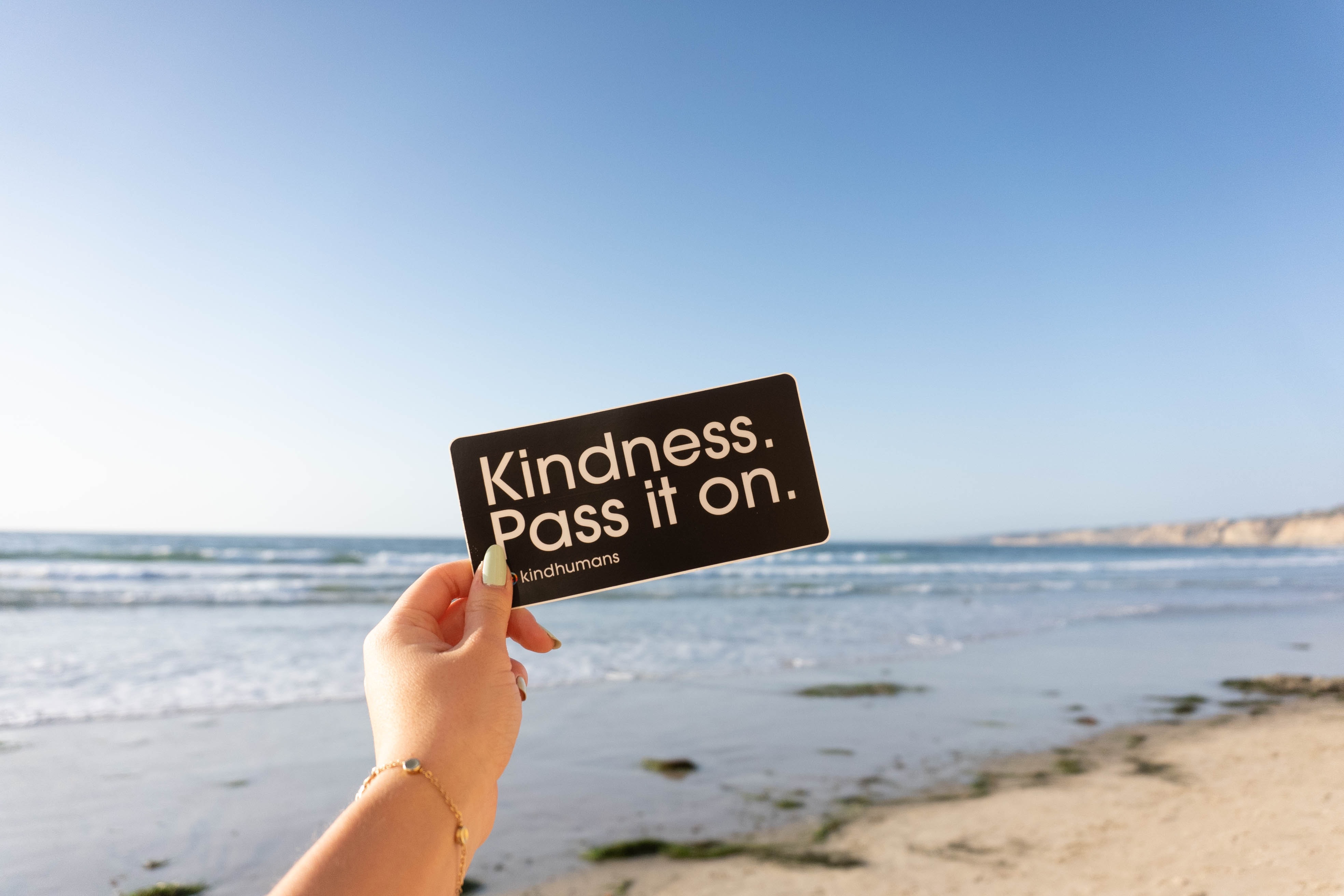RESOURCES
3 Things Brands Should Consider for a Successful Retail Media Strategy
The retail media landscape has recently grown increasingly more complex. Brand budget owners once had to only consider a handful of outlets for their retail media budgets, but today have a myriad of choices.
While Amazon has dominated the retail media industry for years, making up 89% of retail media spend in the United States, other retailers have begun to take note and implement change. For example, last year, Walmart highlighted huge revenue gains and more advertisers for their ads business; growth that is carrying into 2022. Instacart recently launched Instacart Platform, a suite of tools for retailers to quickly and easily deliver omnichannel shopping experiences. According to Forrester, 25% of retailers received more than $100 million in revenue from media networks last year.
Overall, retail media advertising is estimated to jump by 31.4% in 2022. With growth from brick and mortar giants like Walmart, and the Instacart Platform making retail media more accessible for small to medium brands, there are more retail networks and media platforms than ever to consider. And it’s not just big networks like Amazon, Walmart or Target, but smaller, specialized retailers like Family Dollar, CVS and more. What used to be optional and widely used for testing and learning, these outlets - big and small - are now critical to brands achieving their 2022 goals.
Up Front Budget Allocation Planning and Strategy
Regardless of new and emerging platforms, the basic rules still apply: brands that are strategic with their budget will succeed. Strategy can no longer consist of allocating budget to several key platforms, ensuring coverage, and then assessing performance. At minimum, strategy should encompass a wide range of networks, thoughtfully planned out well in advance.
Additionally, each platform should have their own unique assigned budget, attainable KPIs and scenario plans against the brand’s hypothesis. The criteria that defines success on Amazon or Walmart will be vastly different than success on Wayfair.
Overall Amazon ad spend continues to grow every year, impacting a brand’s market share, and in turn, should impact and influence strategy. Market share decreases also change the ability for a brand to get in front of shoppers who have seen an off-Amazon ad and then convert on site. As additional brands turn to Amazon and the ad space becomes crowded, more success may be found on retailers like Walmart, Target, Instacart and even smaller, niche networks.
For example, if Amazon had 85% of a brand’s retail media budget in 2021, but it’s reducing to 80% in 2022 to increase the Walmart, Target or Instacart budget, brands should know what the impact will be to their bottom line.
Additionally, when executing on a varied retail media strategy, consistency is key. It’s critical to ensure brand messaging is consistent across networks. Content should feel, look, and sound like the same brand at every touchpoint.
Personalization
A key consideration for any strategy should include the approach to, and impact of, personalization across all networks. Brands that lean into personalization and take the time to truly understand their customer's overall preferences, per platform, will be ahead of the curve.
All of that is much easier said than done given the current limitations amid the decline, and death, of third party cookies. Retail media is an opportunity to grow ad attributed sales by leveraging specific shopper data from first party cookies in order to target even more customers.
Where Amazon is less open with specific shopper data, other retail media platforms such as Walmart, Home Depot and Target are helping brands grow their ad sales by allowing them to leverage some unique shopper data and take advantage of robust product recommendations based on individual user behaviors. It’s critical to think about what levels of personalization a brand can, and should, take advantage of when planning their media strategy. This can include allocating budget to other smaller, niche networks such as Best Buy or Instacart to help round out a brand’s coverage plan.
This type of detailed level of strategy typically depends on product type and category. For example, the top personalization ranking retail media sites that have advertising opportunities are mostly in the beauty or personal care space, including some technology product types that focus on individual customer needs/support, like Best Buy and their Geek Squad support services. These networks leverage 1:1 support options, custom content for shoppers, and subscription services. If a brand falls into a similar category, personalization will play a much heavier role in their media buying strategy.
Retail personalization has never been more important. Customers are learning to expect a customized experience from in-store to online, across all their devices, and brands can benefit from the availability of shopper data. Brands that develop their personalization strategy now will see the investment pay off in the near future.
Significant Spending Events
While a general retail media strategy with many layers is critical for success, it’s important not to undervalue tentpole spending events such as Prime Day, the holiday shopping season, and even back to school time. Developing an incremental budget plan in advance alongside a seasonal calendar can pay off in a big way.
By running promotions on priority products, launching an event specific DSP and search strategy to drive incremental traffic, and layering in personalization efforts, brands will be ahead of their competitors when shopping traffic is at its highest.
The retail media landscape is constantly evolving and changing. What worked for a brand two years ago may no longer be the best strategy and use of budget. Today, budget owners should work to take advantage of newly emerging platforms, layer in personalization that consumers have come to expect, and stay nimble with their strategy.
If you could use a strategic partner who is well versed in the complex retail media landscape, visit Code3 and contact us today. Prime Day is right around the corner, and we can help with your strategy.
SIGN UP FOR OUR WEEKLY NEWSLETTER

News, Views, and Valuable Resources
Delivered to Your Inbox Each Week




